Fact Check: Is Your Thanksgiving Accurate?
The top three myths surrounding Thanksgiving
“The First Thanksgiving at Plymouth” by Jennie Augusta Brownscombe, painted in 1914, depicts the Pilgrims and the Wampanoag people gathering around a table full of food from their harvest for the first Thanksgiving dinner.
I hate to break tradition, but the stories and celebrations that you have experienced on Thanksgiving, well: they aren’t entirely right. We have been taught many myths about the holiday that started back in 1621, and most people don’t know what actually happened. In recent years, education on Thanksgiving has been more accurate and more respectful towards indigenous people, but there are still myths and falsehoods that need to be uncovered.
1. The story
You may remember in your elementary school years listening to a happy tale of the Pilgrims and Indians coming together to celebrate the harvest, or reading children’s picture books depicting the brave Pilgrims sharing the harvest with the Indians. The real story is not so happy. The story of Thanksgiving that is told around the country, especially in schools, is almost always a twisted, whitewashed version of the truth. The way we are taught about Thanksgiving needs to stop glorifying the Pilgrims and show more of the Native American perspective.
Grace Dabir (‘24) commented, “My elementary school teachers always told us about how the Pilgrims helped the Native Americans, and that the Pilgrims were good. They never talked about the bad parts of the history of Thanksgiving.” In truth, the Wampanoag nation were the ones who helped the Pilgrims, and it is unlikely that the Pilgrims would have survived without their help.
Do you remember the kind Indian Squanto, the one who happened to speak English and taught the Pilgrims about planting crops? Were you ever told how he learned English? Tisquantam, the real name of Squanto, learned the language when he was kidnapped and sold into slavery in the European slave trade before eventually returning back to America. Before the Pilgrims arrived, British fisherman were already coming to the East Coast, kidnapping Native Americans, and selling them into the slave trade.
Additionally, the Pilgrims were not generous, nor pleasant towards the Wampanoag. In fact, there is no proof that the Wampanoag were even invited to the Pilgrims’ Thanksgiving celebration, despite all the help they gave the Pilgrims.
Another part of the story that is mostly left out is the fact that most of the indigenous people in the area were dead when the Pilgrims arrived in America. The British fishermen that had already come exposed the Natives to diseases that they did not recover from. According to the Smithsonian Magazine, when the Pilgrims came, ninety percent of the indigenous people perished from the diseases they brought. Think about that number for a second. Almost the entire group of people was wiped out. This left them outnumbered and weak.
Additionally, the Pilgrims were not generous, nor pleasant towards the Wampanoag. In fact, there is no proof that the Wampanoag were even invited to the Pilgrims’ Thanksgiving celebration, despite all the help they gave the Pilgrims. It is not known how the two groups ended up celebrating together. One theory is that the Wampanoag people were planting near the colony and came in an act of diplomacy. Lindsay McVay from the Smithsonian Magazine explained that, “it more notably symbolized the rare, peaceful coexistence of the two groups.”
The story of the first Thanksgiving feast is told in many different ways, some far less accurate than others. The history that most of us are taught, especially in elementary schools, is wrong and needs to change to show the truth of what the Pilgrims were like. The indigenous people suffered when the Pilgrims arrived in America, but they helped them survive. This Thanksgiving, recognize the true history of the first feast. Learn the real story while you enjoy your mashed potatoes and stuffing.
2. The portrayal of indigenous people
Another part of most elementary school Thanksgiving activities is crafting ‘Indian headdresses’ out of fake neon feathers and dancing to made-up ‘Indian dances.’ Nowadays, a lot of awareness about the issue of the portrayal of indigenous people has spread, so schools are better educating students about who indigenous people actually are. However, until recently (and it still happens), the way indigenous people, their culture, and their ways were described were almost always falsely stereotypical.
People creating and wearing mock Native American headdresses has been a controversy for a long time. It is not just the Thanksgiving crafts that kids create in school, it is also a problem in fashion and celebrities. For example, back in 2013, Chanel’s Métiers d’Art autumn/winter collection included supposed traditional Native American headdresses. These were met with protests because the headdresses were not created properly or worn for the wrong purpose, which is disrespectful and offensive.
Headdresses are worn by male chiefs and only on ceremonial occasions. In an article from The Guardian, Cherokee Nation member Adrienne Keene says, “Headdresses are something that has to be earned. That’s completely lost when it’s this chicken-feather thing that you bought at a costume shop. That deep sacred meaning is eclipsed by the desire to just dress up and play Indian.”
As for Thanksgiving, most people have experienced crafting mock headdresses in school or even at home as a fun Thanksgiving themed activity. What we didn’t realize when we made them was how offensive and degrading they are.
Bela Gowda (‘24) remembers the activity from elementary school. “We usually used brown paper strips, stuck feathers to it, and then marched around in circles and chanted a song.” Native Americans are protesting this education about indigenous people because it creates a stereotype of savages. It also takes all the meaning away from sacred clothing, items, rituals, etc. When children who come from Native American families are made to do this in school, indigenous people are worried that they will lose their pride of being Native American.
Anna Balsdon (‘24) recalled, “Some of us had to wear feather hats and brown paper tank tops while other students wore pilgrim costumes. Everyone wanted to be a pilgrim, not an Indian, because we were under the assumption that the Indians were sort of the enemies.”
The portrayal of indigenous people in Thanksgiving history is unjust and untrue. We are told stories that create barbaric stereotypes in our heads and are extremely disrespectful and false. Many Native American nations have websites that have information on their history, culture, and more. You can also visit some of their reservations. In San Diego county, you can visit the reservation of the Kumeyaay Nation and explore their history. We need to learn about indigenous people from the people themselves, not the history books that whitewash the story.
3. The food
Turkey is always seen on the table at the Thanksgiving dinner, but the tradition may not have come from the Pilgrims. There is no record of turkey being served at the first Thanksgiving feast, nor is there anything to suggest it was. Wildfowl was on the menu, but it was more likely to be duck, goose, swan, or passenger pigeons according to Kathleen Wall’s research in the Smithsonian Magazine. She works at Plimoth Plantation in Plymouth, Massachusetts. The Wampanoags brought deer, and the Pilgrims harvested crops such as corn and cranberries, no sweet potatoes. There is no way that pie could have been eaten either. The New York Times explains, “Settlers lacked butter and wheat flour for a crust, and they had no oven for baking.” Maybe your feast isn’t exactly historically accurate, but that doesn’t mean it isn’t traditional. While the Pilgrims may not have eaten what you have spent hours cooking, people have still been eating pie and turkey for many years on Thanksgiving. All of these dishes, whether the Pilgrims ate them or not, are absolutely delicious and have turned the modern Thanksgiving feast into what it is today.
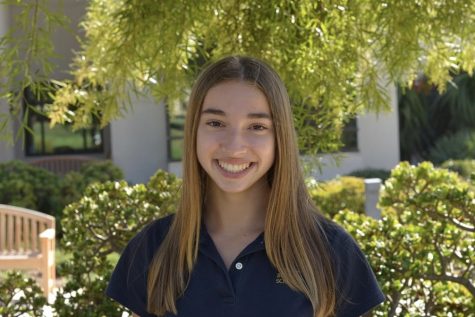
If you want to have a conversation with Lily, all you have to do is mention the words ‘field hockey’, and she will talk for hours. She is basically...


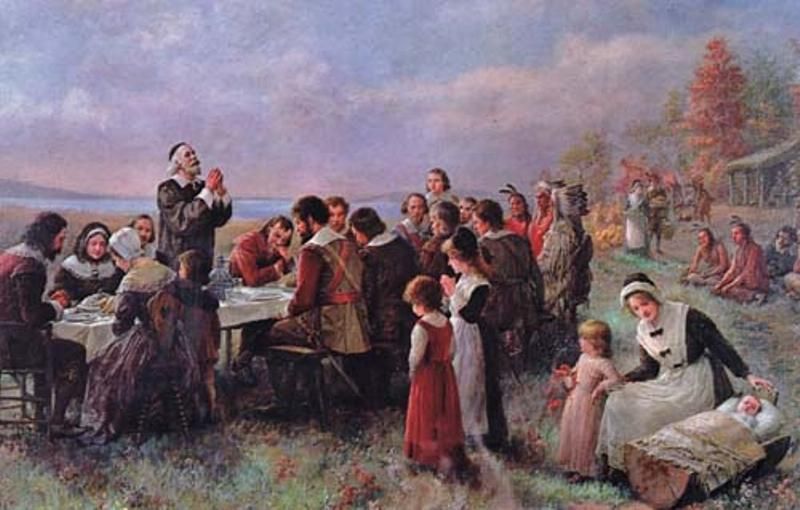

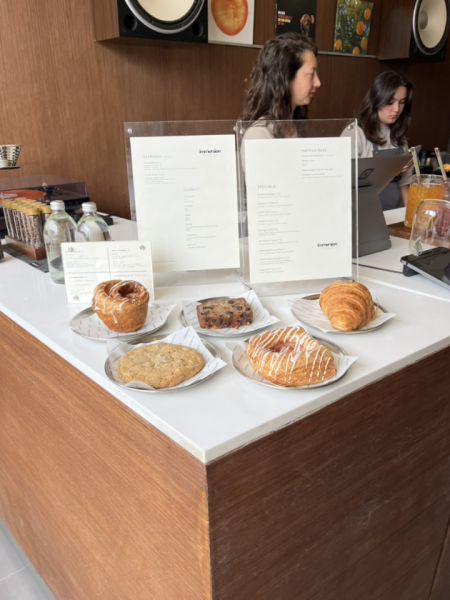

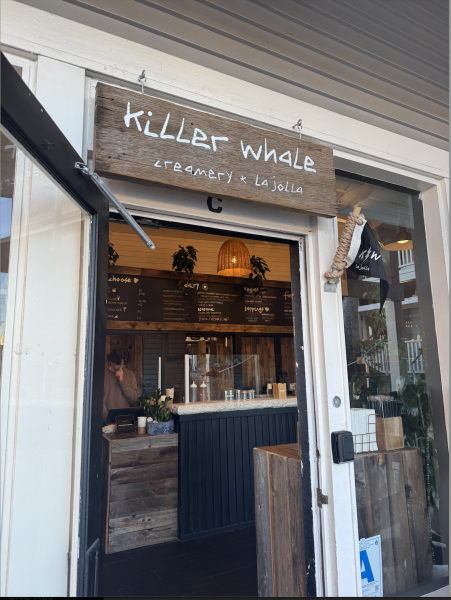
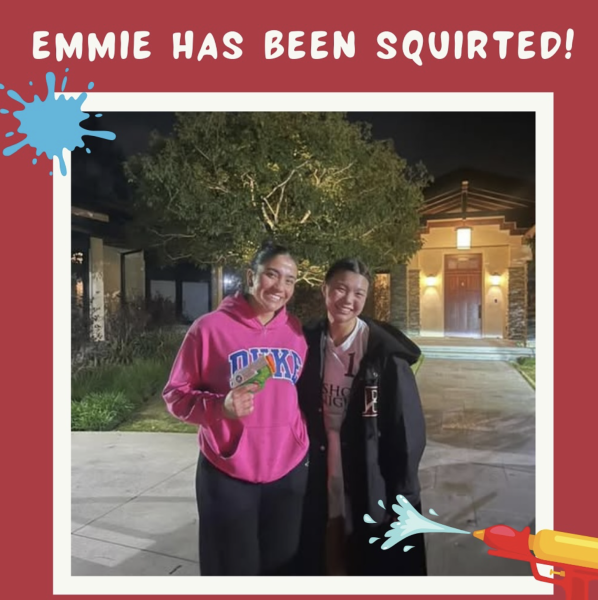
Bruce A Bowers • Nov 2, 2023 at 6:15 AM
Excellent reminder of this perspective on Thanksgiving. Become enlightened; question everything – even your own opinions.
I am glad that Lily ended her piece with the acknowledgement (regarding the food at least) that the modern traditions of Thanksgiving have great value for our culture despite the historical inaccuracies. Be thankful for what you have, be kind and thoughtful of others, and pay everything forward.